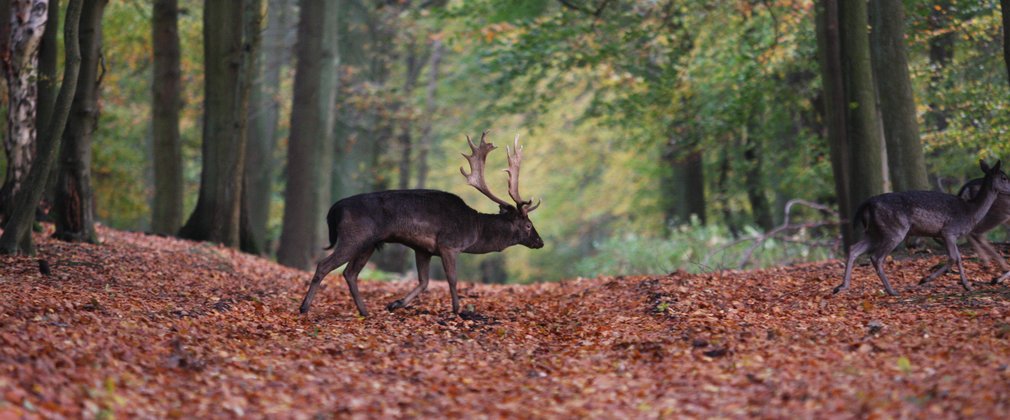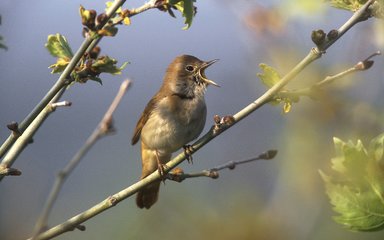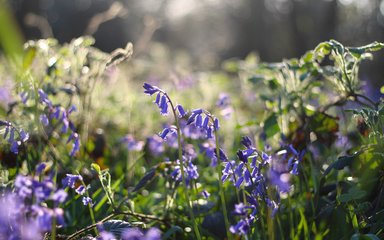
Autumn signs for the senses
It’s time to get the cosy jumpers out and kick your way through piles of fallen leaves. The nation's forests are a great place to feel those autumnal vibes! Autumn is also a time of slowing down and reflecting on the changes around you, get out in nature and connect with your senses.

Earthy smells
The aroma of a damp woodland on a cool day is an evocative autumnal experience. As the sweet, summery scents fade and the air gets cold and moist, we can detect the muskier smell of leaf litter breaking down. When leaves drop to the ground their nutrients are recycled and broken down by earthworms, woodlice, bacteria and fungi, releasing these earthy smells into the forest.
Familiar fungi such as cepe, oyster and chanterelle can all be found in England's forests. Nature’s recyclers do an important job in woodland ecosystems, and some are rare and endangered. That’s why it’s best to leave fungi in their environment, unless you have permission and know they are safe to take.

Hidden treasures
Woodlands are filled with fruits, seeds and nuts in autumn. Shiny conkers with their spiky jackets, golden acorns in their cups and scaly pine, fir and spruce cones litter the forest floor.
Many animals are busy making use of this abundance of food to store it for harsher weather. Look out for jays, which are associated with oak trees as they hoard acorns. Their resourceful habits also help mighty oaks to regenerate when some of these buried seeds grow into tiny seedlings.

Wildlife spectacles
Autumn is a time of migration for many birds. Arrivals include fieldfares and redwings who travel here to escape the much colder winters in Northern and Eastern Europe. Look out for them feeding on berries in hedges and woodlands on cold days.
This changing season is also a great time for spotting deer in the forest. Autumn is the rutting season when red, fallow and sika deer breed. The deer rut is an amazing natural spectacle to witness. Males lock antlers in a display of dominance, fighting for their right to breed with the females. Remember deer are wild animals, so the rut is best viewed from afar. Keep your distance from deer and stay on main paths to avoid distressing them.

Fiery colours
When the season changes from summer to autumn, leaves have done their job for the year and many turn from green to yellow, orange and red. Shorter days and cooler weather sparks the change as green chlorophyll breaks down to reveal warmer tones beneath. Trees need a healthy balance of sunlight and rain to produce sugars, which create the colours in the leaves. Long hot summers can mean autumn colour comes early and leaves drop.
You may have noticed trees dropping leaves early in a summer leaf drop, or 'false autumn'. Trees respond to their environment and adapt their growth to save water in dry weather. It may look concerning but typically only 20 percent of leaves are dropped early, so there are plenty left for an autumnal display. Sometimes you might see beech, oak and hornbeam trees holding on to brown leaves well into winter. Most conifers stay green all year round and have needles rather than leaves, adapted to surviving colder weather.




